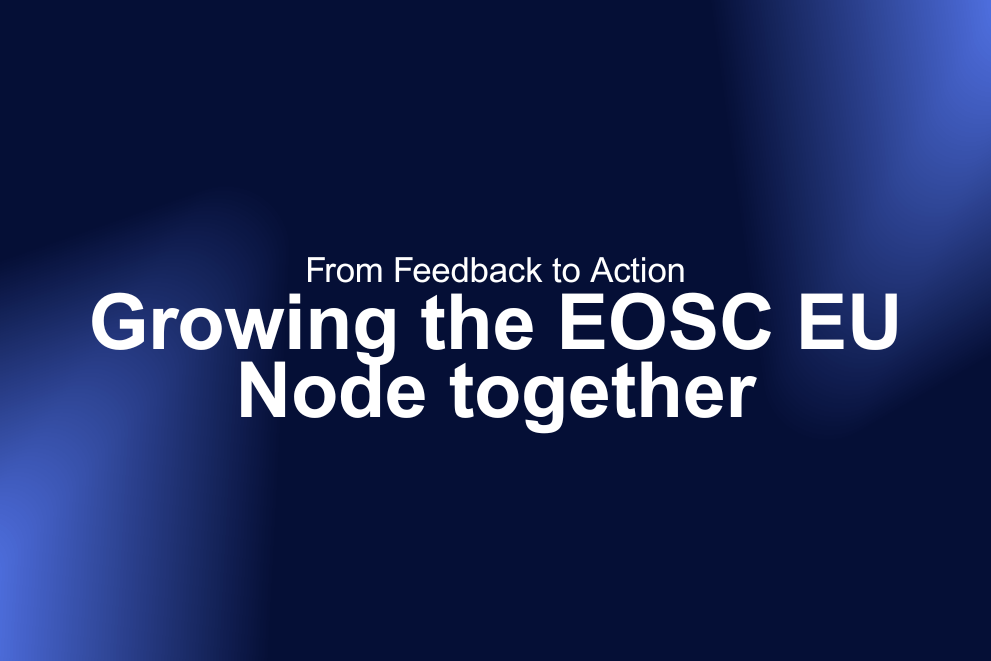
September was a significant month for the EOSC EU Node, giving us the chance to hear directly from the Open Science community at Open Science Fair 2025 and the OSCARS AAI & Composability Workshop, both hosted at CERN, Geneva, and the French National Tripartite Event in Paris. Across all three, the message was clear: the EOSC EU Node is already recognised as a valuable enabler of Open Science, and the ability to collect feedback from and adapting to the needs of user will be crucial for its further development.
Demos and Workshops at OSFair 2025 and OSCARS
At OSFair, one of Europe’s flagship Open Science events, the EOSC EU Node demo, “Unlocking Open Science: A Demonstration of the EOSC EU Node in Action”, showed how easily users can log in with institutional credentials, explore research outputs in the Resource Hub, and run notebooks or Virtual Machines in the User Space, all while remaining FAIR and GDPR-compliant.
Researchers, funders, and infrastructure providers reacted very positively to the integrated approach of the EOSC EU Node, recognising how it brings services together in a practical way that supports their daily research needs. Participants welcomed this integration and encouraged us to go even further by making service descriptions more intuitive for non-technical users and by providing clearer guidance for newcomers.
The OSCARS workshop reinforced this enthusiasm. Participants valued the way the EOSC EU Node combines services into one secure and accessible framework, making it easier for researchers to experiment and collaborate. They suggested that documentation and training could be more visible and user-friendly, and stressed the importance of communicating clearly that the EOSC EU Node is a production-ready service provided by the European Commission that they can depend on.
They also underlined what matters most for long-term adoption: confidence in service continuity, clarity on credit usage, and reassurance on retention policies. A few even mentioned they would consider paying for extra support or credits, further evidence that the services of the EOSC EU Node are recognised as useful and relevant for everyday research.
Use Cases at the French Tripartite Event
In Paris, Baptiste Cecconi (Observatoire de Paris – PSL) showcased how the EOSC EU Node is already being used in astronomy and planetary science projects. Using services such as File Sync & Share, Interactive Notebooks, Virtual Machines, and the Cloud Container Platform, his team successfully tested the EOSC EU Node for data sharing, prototyping, and workflow orchestration.
Researchers valued the credit system and the seamless integration of storage with notebooks, which made experimentation and collaboration straightforward. They also pointed to opportunities to make the EOSC EU Node even more effective, such as adding reminders for expiring credits, strengthening links with the Resource Hub, and providing more support for long-term, production-grade deployments.
Building a User-Centered EOSC EU Node
Taken together, this feedback paints a very encouraging picture: the EOSC EU Node is useful and valued today, and the community sees its potential to become an important component of the Open Science landscape. By listening closely and acting on these insights, we are contributing to the further development of the EOSC EU Node into a trusted, user-friendly foundation for Europe’s Open Science ecosystem.
Login and start exploring today what the EOSC EU Node has to offer.
Details
- Publication date
- 3 October 2025
